This is a follow-up piece to one I wrote here about what to look for when buying cheap compacts. In essence that was about the delights of $5 compacts with prime lenses, flash and auto wind. I collected these cameras from op-shops for a couple of years, kept a few and gave the rest to friends of my daughters.
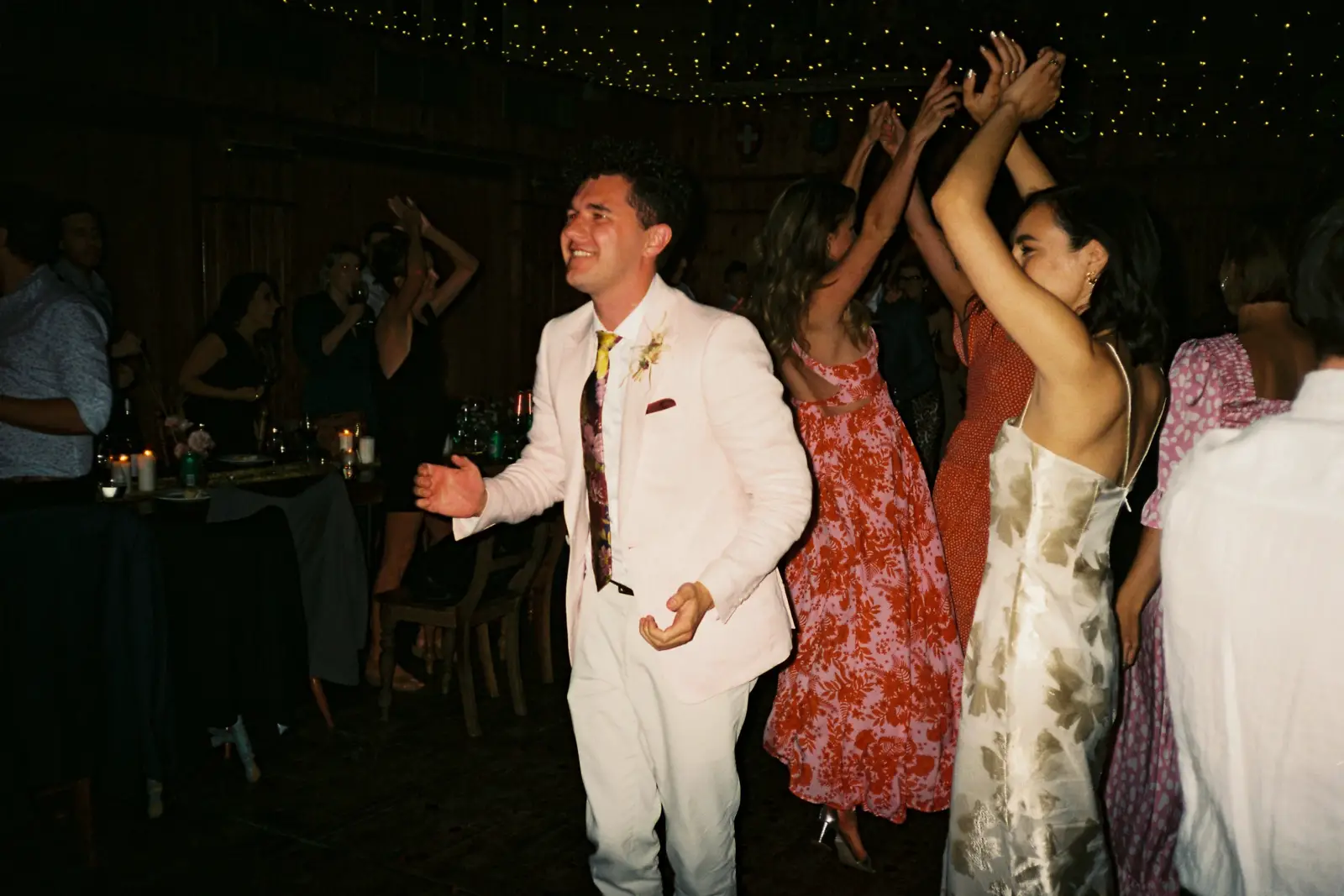
Some of them were Canons and I thought it would be interesting to compare lower, mid and upper level cameras from the same maker. These Canons are in my opinion all good cameras, but more expensive is not necessarily better. This piece also got me coming back to the essential but easy-to-forget truth that a good camera is one that suits you and suits what you want to do with it. The other take-home message is that if you feed these things nice 400ASA film they thrive, but use anything else only if you have a good reason to do so.
Note too please that all the images here are shop scans from my local lab. I’m hesitant to say anything about colour neg stocks, because I’m not qualified to do so. Two of the stocks here are Portra 400 and Ektar 100, both shot at box speed, and I will say, that looking at their spec sheets on the Kodak Alaris website there’s not much difference in dynamic range between them, but Ektar is claimed to have higher saturation and finer grain. More on that later.

That’s the nub of it really – use a P&S camera you like and put ISO 400 colour neg stock in it. The important stuff has now ended, but if you want to come on a journey through space and time and a meditation on Ektar 100 vs Portra 400 then let’s go!
The first thing I usually do when I get a new camera like these is download the specs so I know what film speeds they read and what their focus distances and shutter speeds are.
So; going from most basic to most advanced:
Basic – Canon Snappy LXII
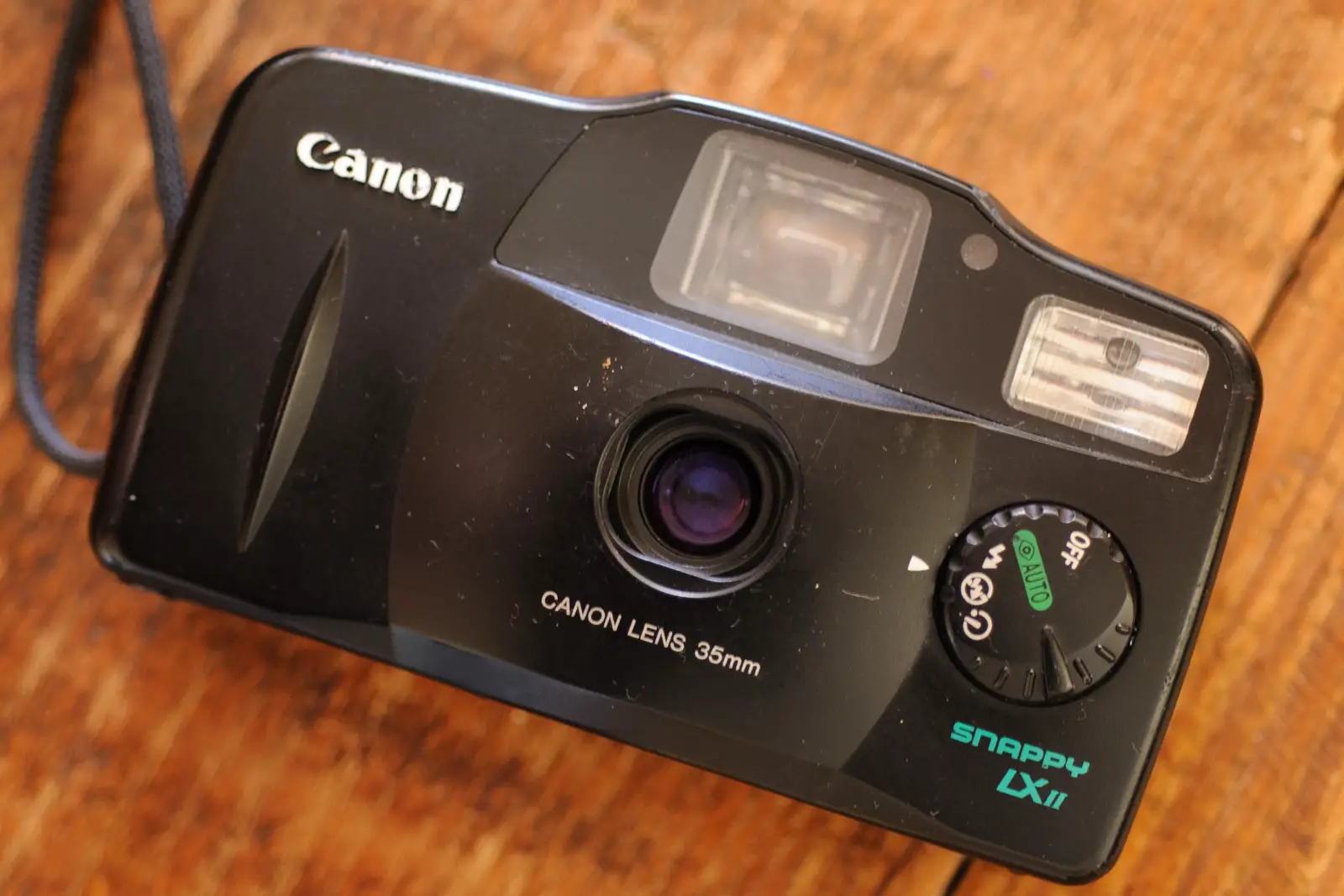
This is the camera I use myself. I’ve written two Full-Roll-Fridays about it here and here, and a 5 Frames here. For the past couple of years I have been shooting an ongoing project with it and I’ve stuck little flags in the film frame so it shoots square 24mmx 24mm like an Instamatic. (One observant commenter here called it my Snappyblad – which I think is great)
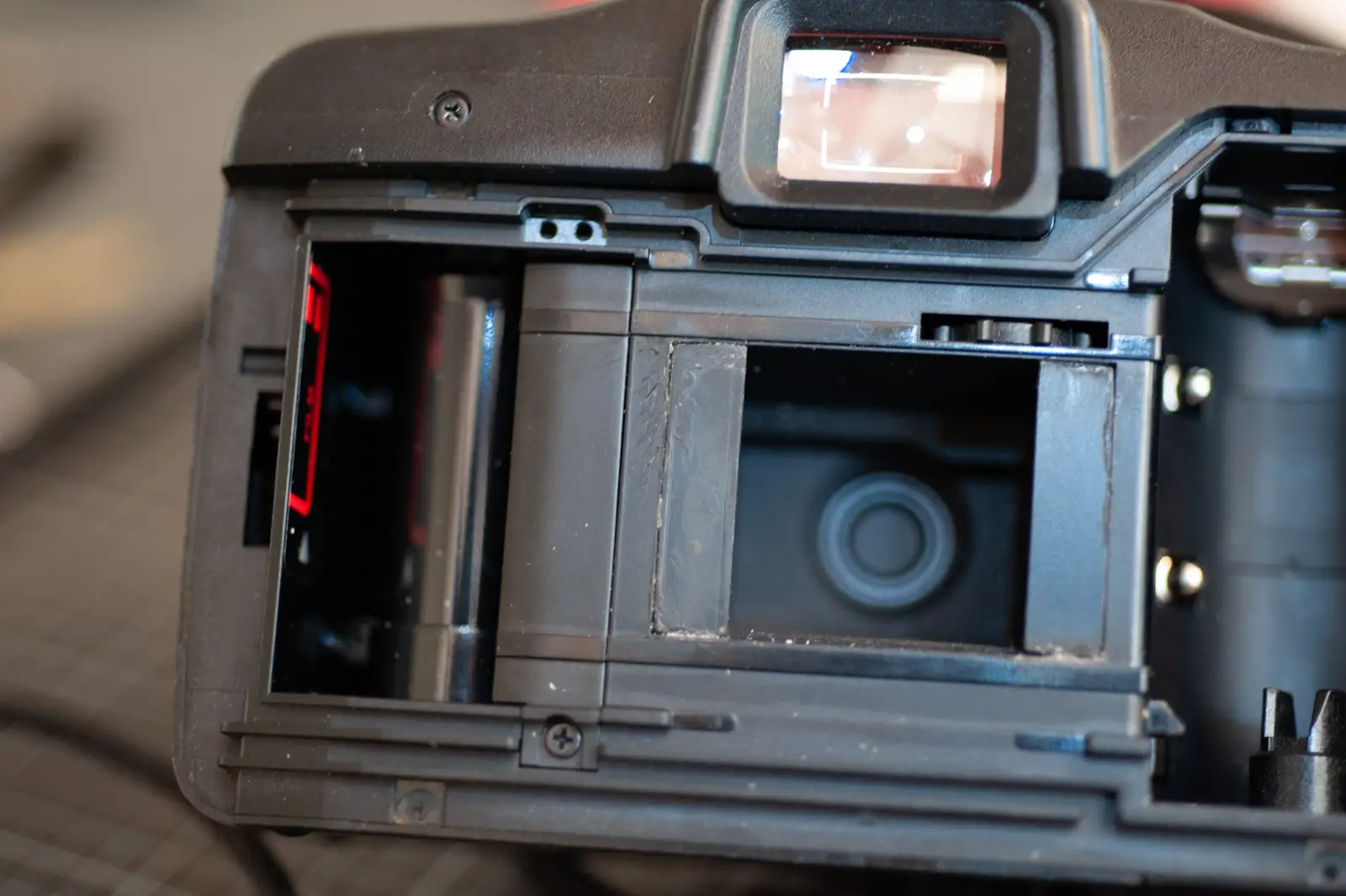
- Lens: 35mm f/4.5 (3 elements in 3 groups)
- Focus: fixed – 1.5m to infinity
- EV 10 (f/4.5 at 1/45 sec.) – 16 (f/11 at 1/180 sec.)
- DX: 100 or 400
- Battery 2xAA
This camera really suits me because it has a sensational viewfinder and it’s really easy to disable the flash. The lack of focus is not an issue because I’m usually shooting at infinity. Likewise the lack of DX. Unless you put 400 in it, it shoots at 100 (that’s the way I read the manual anyway) For my ongoing project I am shooting Fuji C200 in it, so I am effectively rating that at 100 which suits my purpose.
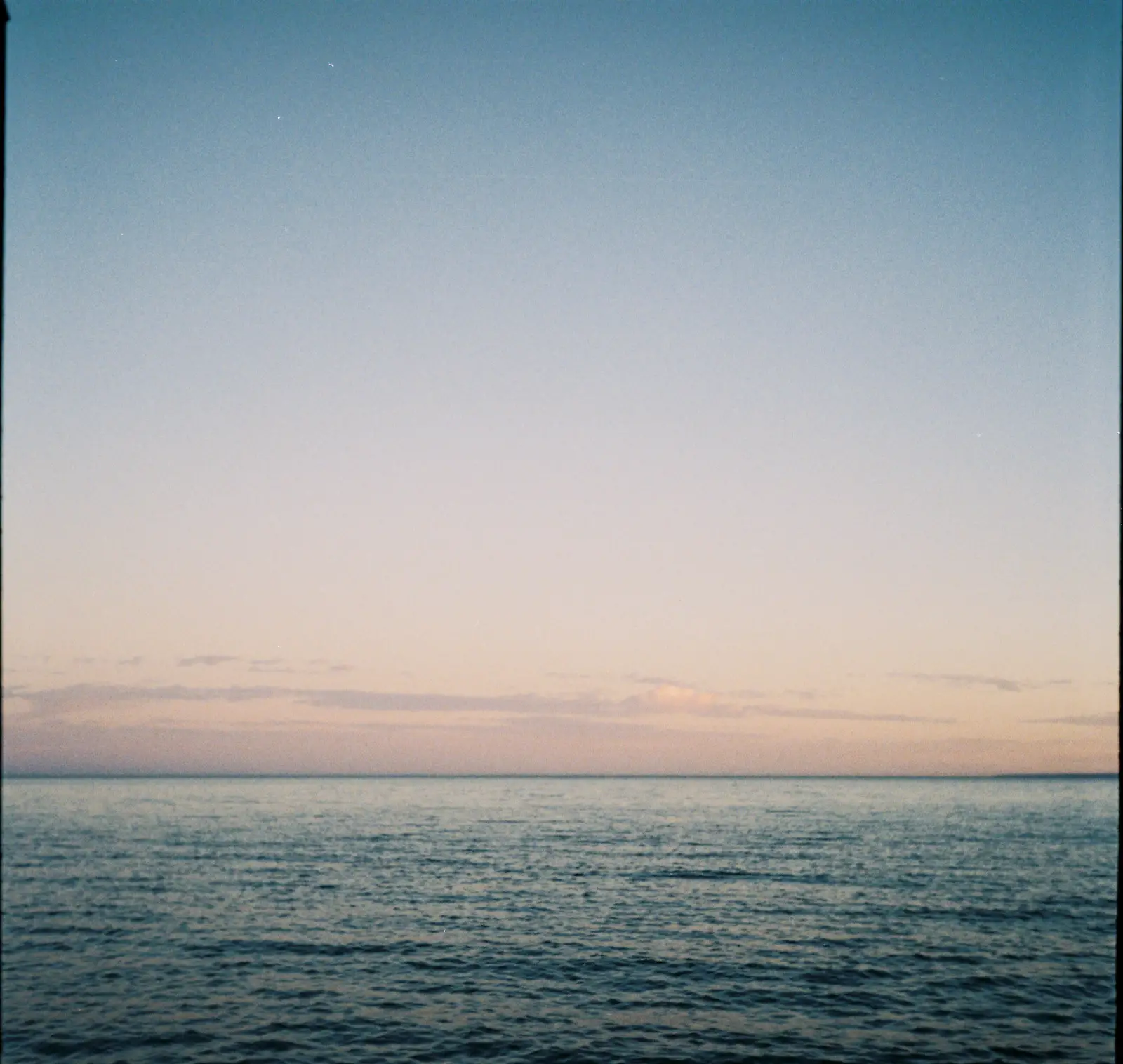
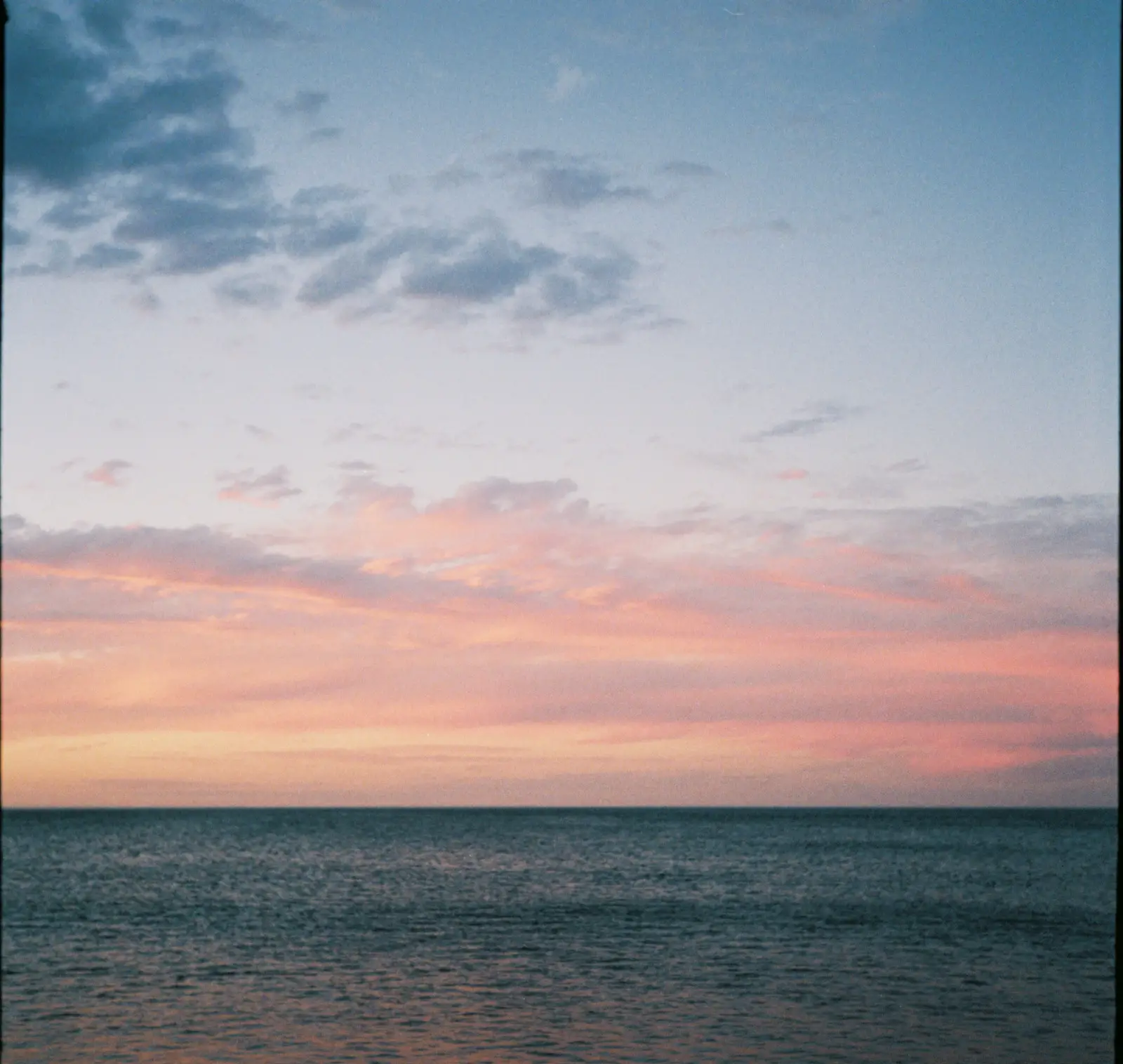
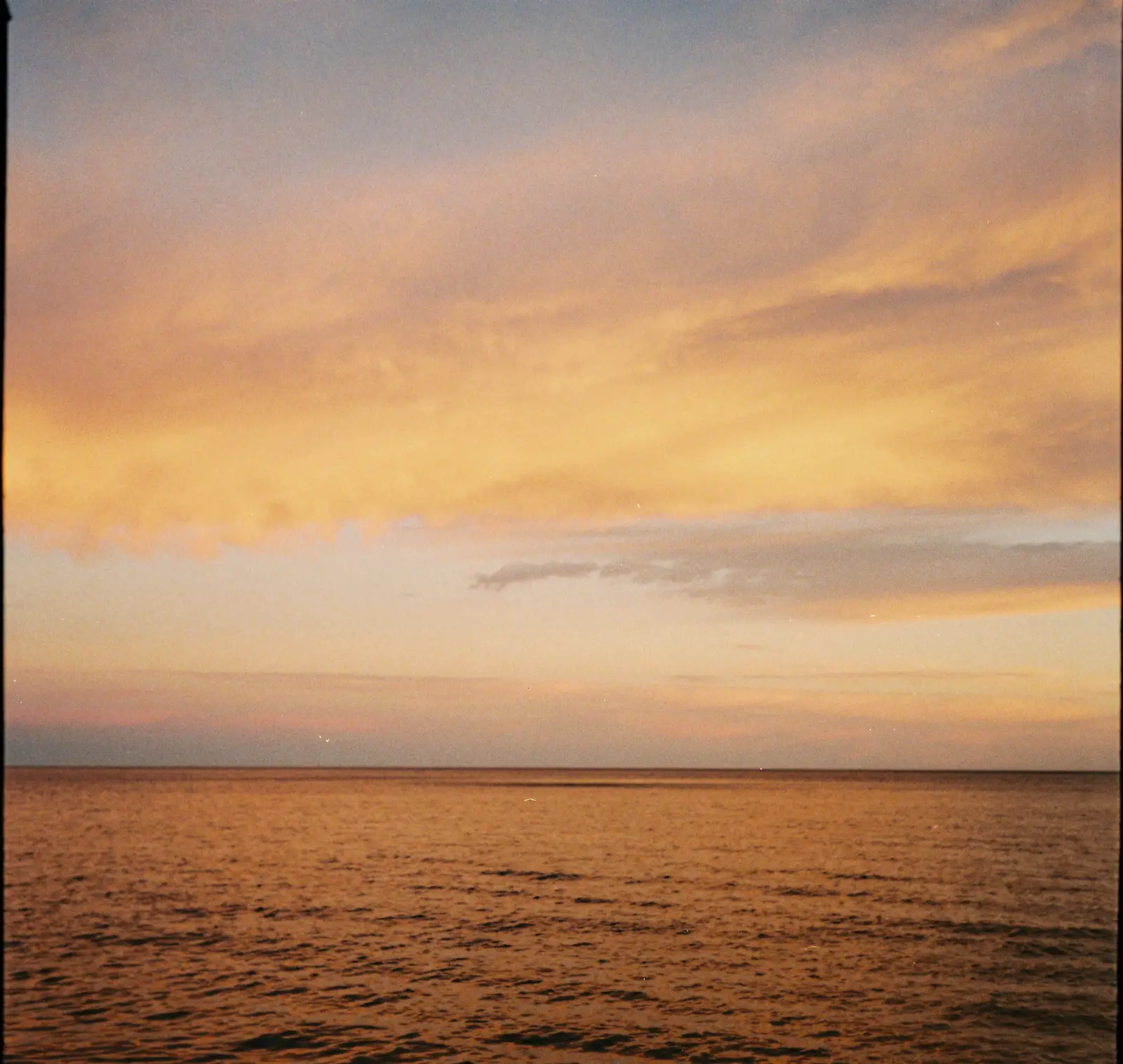
You can see that the lens is sharp enough, the thing works, and that’s really all there is to it.
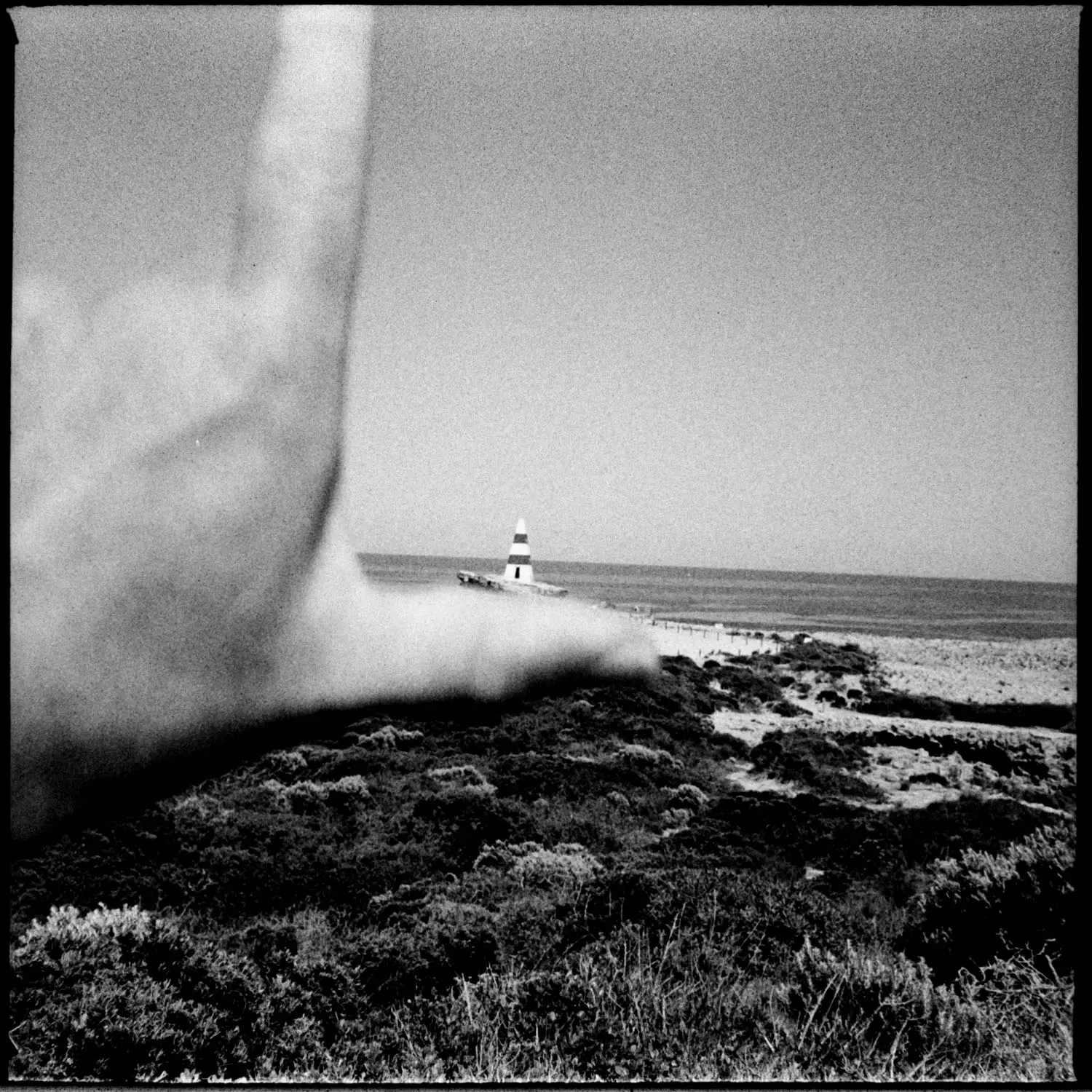
Mid Range – Canon Prima AF-7
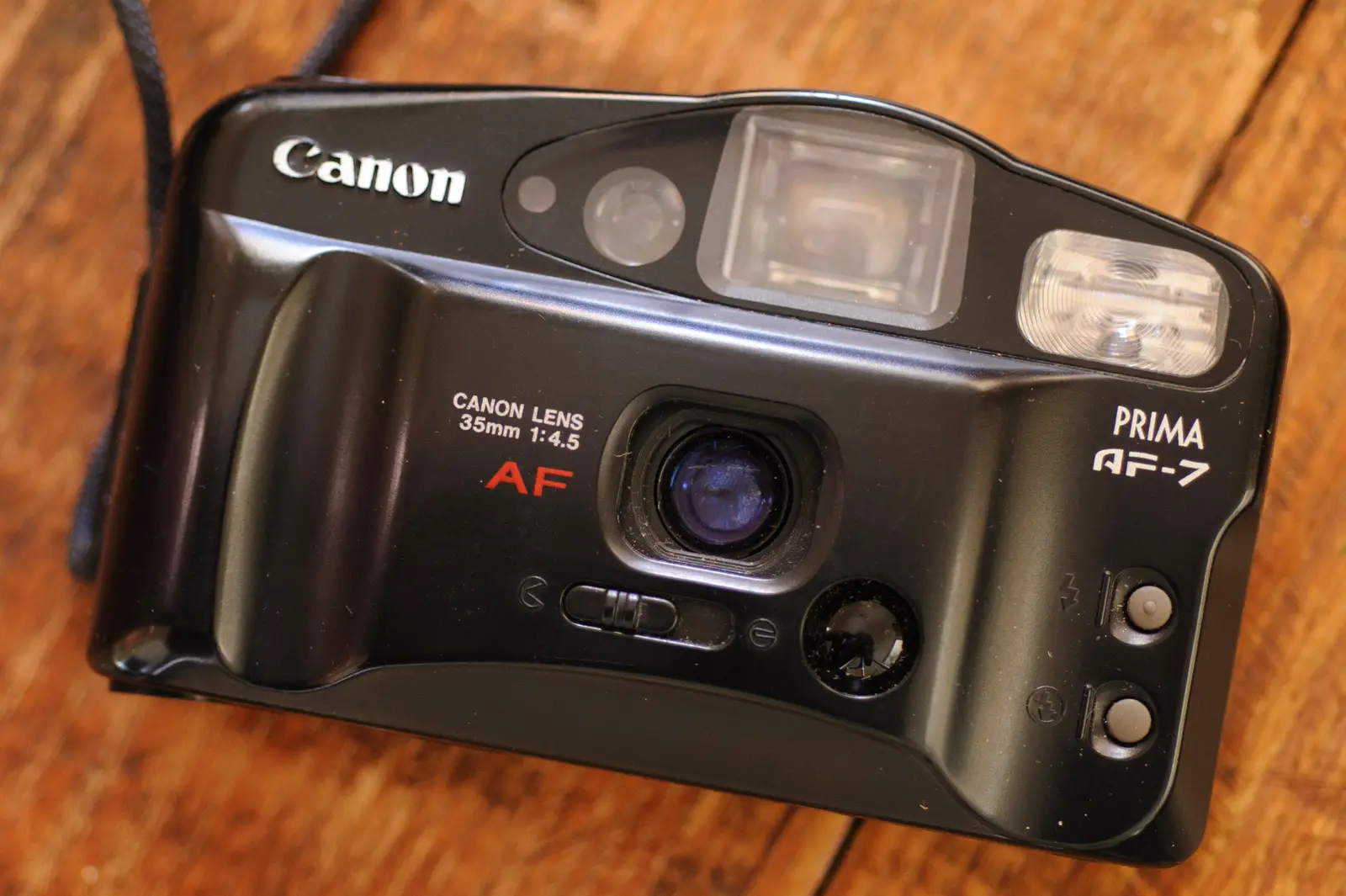
- Lens: 35mm f/4.5 (3 elements in 3 groups)
- Focus: Three-step AF with near-infrared beam. 0.8 m to inf
- EV 10.5 (f/4.5 at 1/70 sec.) – 16 (f/11 at 1/180 sec.).
- DX: 100 or 400
- Battery 2xAA
For my money (all $5 of it) – this is the pick of the bunch. Pick of the bunch for a general people snaps camera that is. I gave this one to Issie and she uses it alongside her Nikon FM/FE. So she does know about things like exposure triangles and depth of field, but she only uses shop scans and Portra 400. This is the camera that gets taken to parties, music festivals, nights out on the town etc. All those things young folk do. It’s essentially the same camera as the LXII, but with autofocus down to 0.8m.
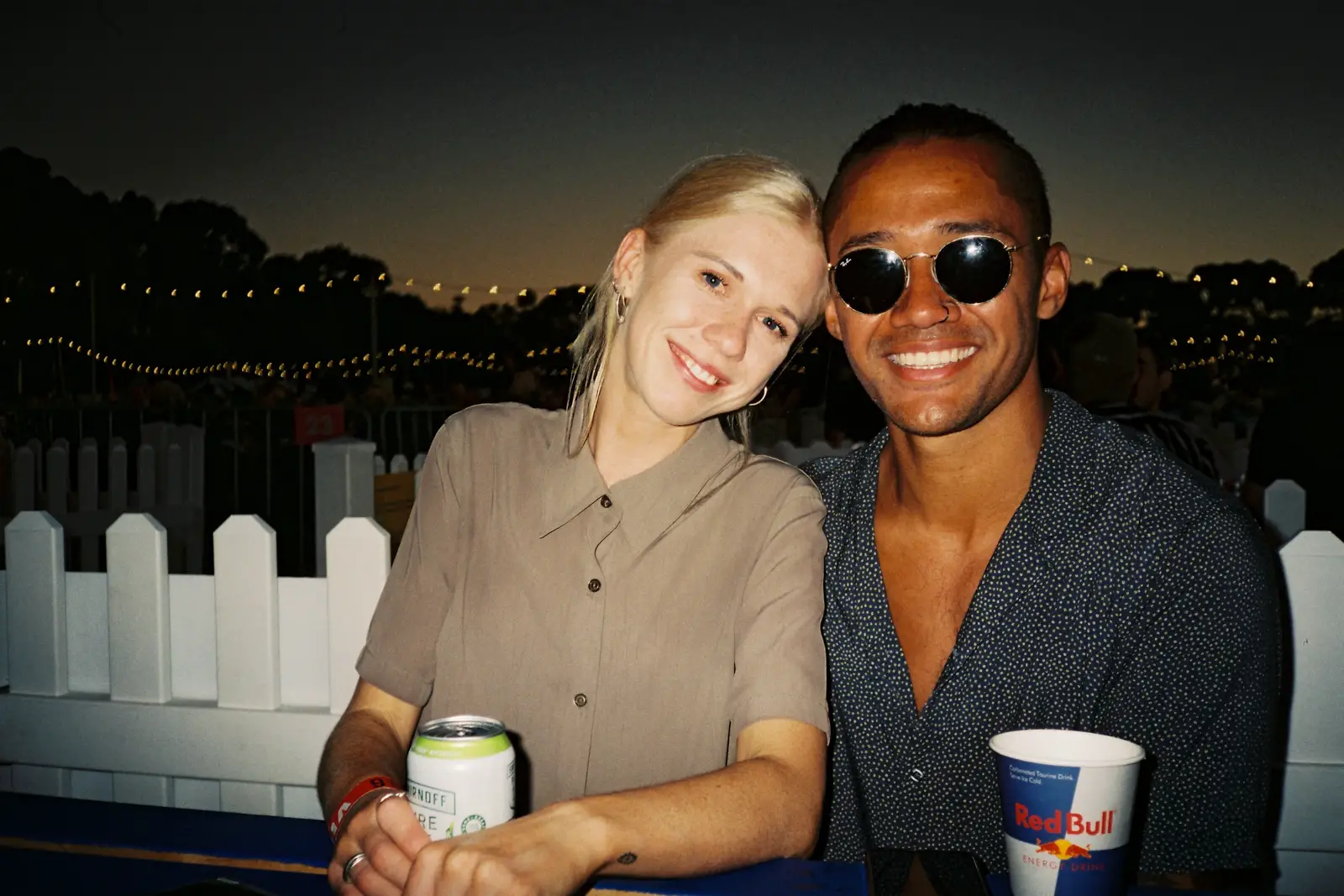
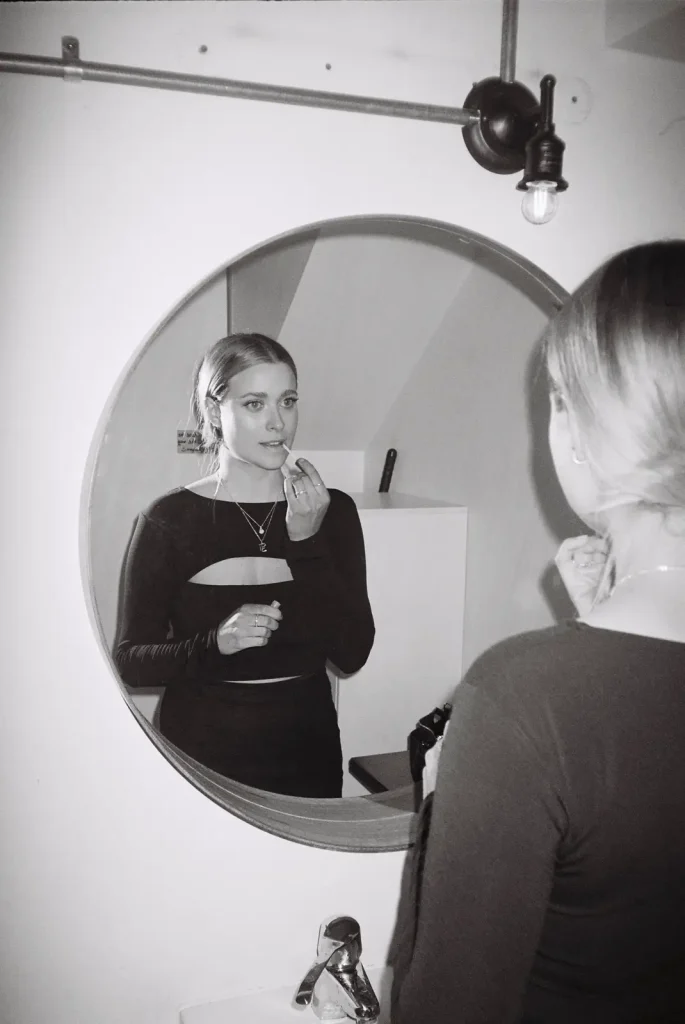
I think these shots are great; but why is that? What makes this a good camera for this purpose?
OK: The auto focus seems to work. Tick. The flash exposure seems good (or very good). No red-eye problem. Tick. The lens is good enough. Tick.
But think a bit more about these shots and you’ll notice stuff. Using flash gives separation of subject and background because of illumination. We’re not looking at a bokeh-monster here. At f/4.5 the DOF is going to be quite forgiving too.
I also need to talk about Portra 400. (The reason will become apparent when we move on the Sureshot Supreme.)
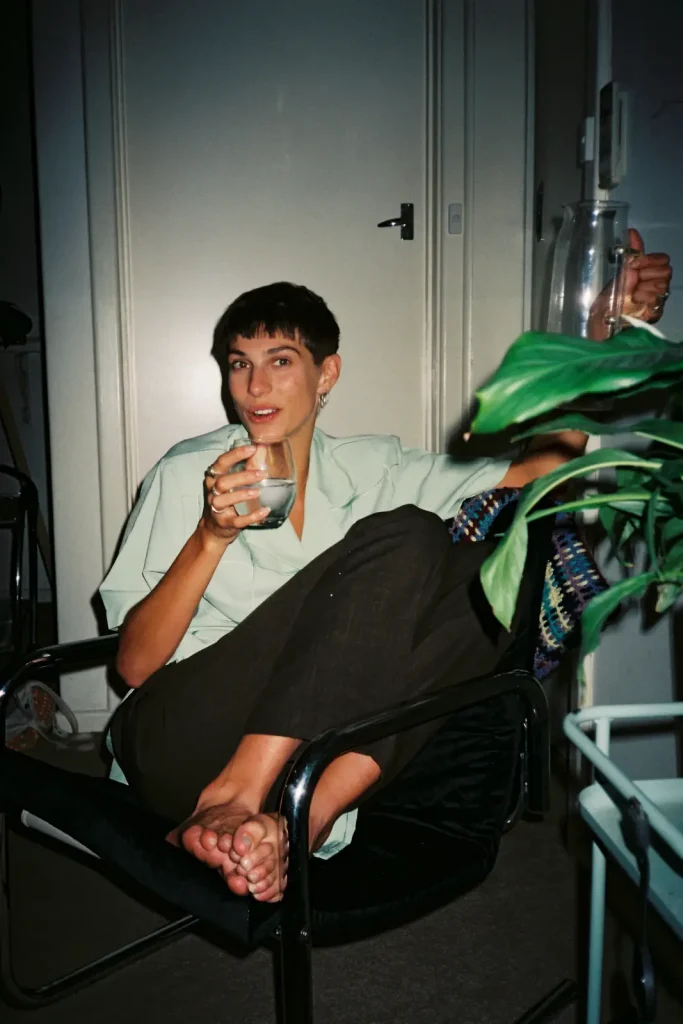
Now – imagine for a moment these shots were with Ektar 100 instead of Portra 400. All of a sudden the flash is effectively two stops dimmer, the shutter two stops slower balancing fill flash; all that stuff. It is my belief that cameras like this really rely on good, fine grain ISO 400 films to work well. Have a look at the top shutter speed. If instead of a nightclub you’re shooting outside in summer with 400 ISO at f 11 and 1/180s you’ll be at least two stops over, so you need a film that can handle that. In the shots with flash above, if you look at how the highlights are not blown and the detail is held in the backgrounds you’re looking at a three things.
- How well the camera exposed and how the mix of flash and ambient was handled.
- What the dynamic range of the film was.
- How good the scanner was at pulling info off the film and how clever the algorithm that made the jpegs was.

Someone who knows more about film history than I do can probably help here, but it seems to me that the increase in film quality and grain structures in ISO 400 colour neg film that we saw in the late twentieth century was symbiotic with these cameras and their specs.
Top End – Canon Sureshot Supreme
You can’t get better than Supreme surely?
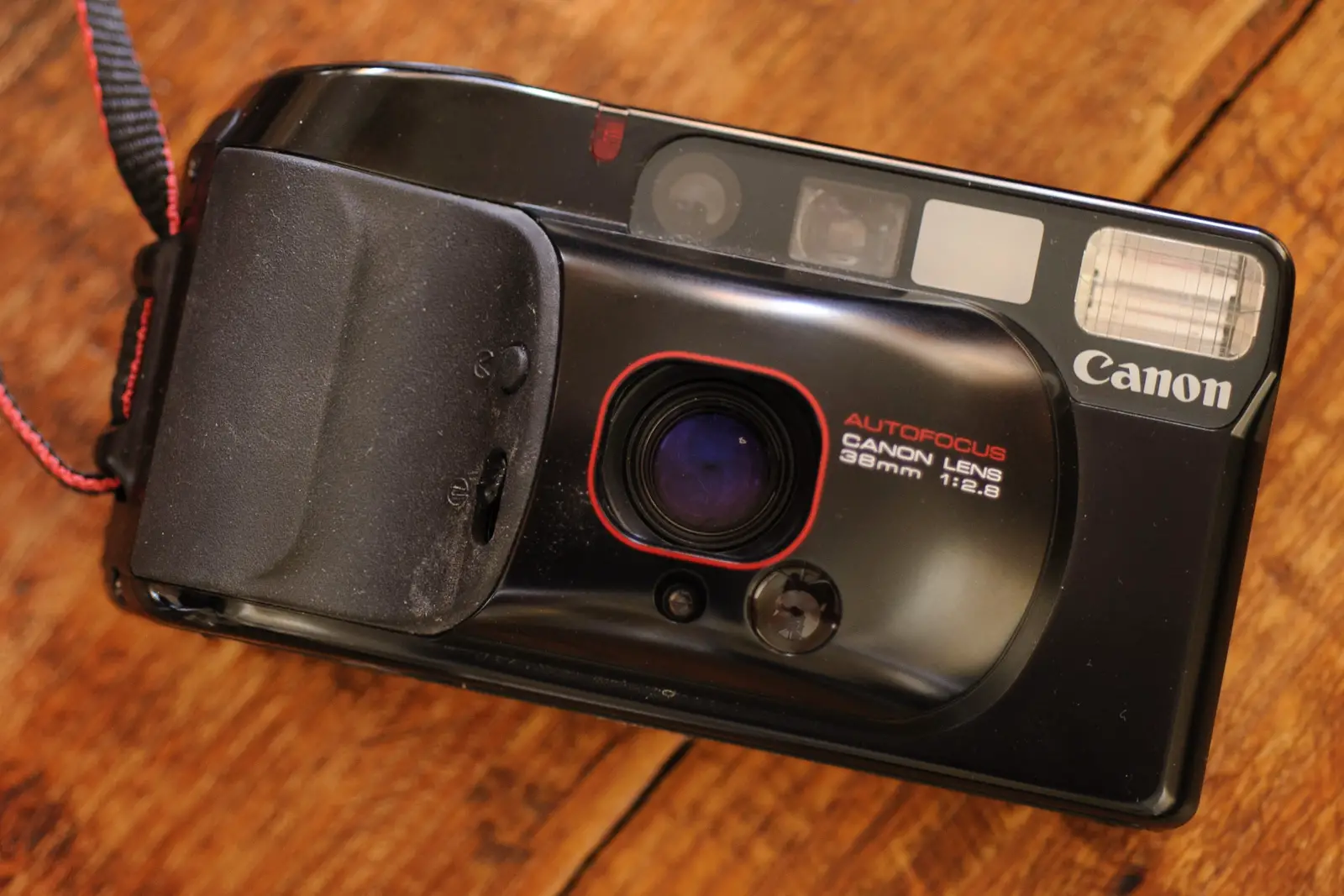
- Lens: 38mm f/2.8 (4 elements in 4 groups)
- Focus: Canon ACTIVE with near-infrared beam. 0.55m to infinity
- EV 6 (f/2.8 at 1/8 sec.) – 17 (f/16 at 1/500 sec.).
- DX: 50, 100, 200, 400, 800, 1600
- Battery 2CR5
Look at all those features! Closer focus, faster lens, greater metering range, extended DX reading. What’s not to like? Well – if you’re me; the camera. I just didn’t get on with it.
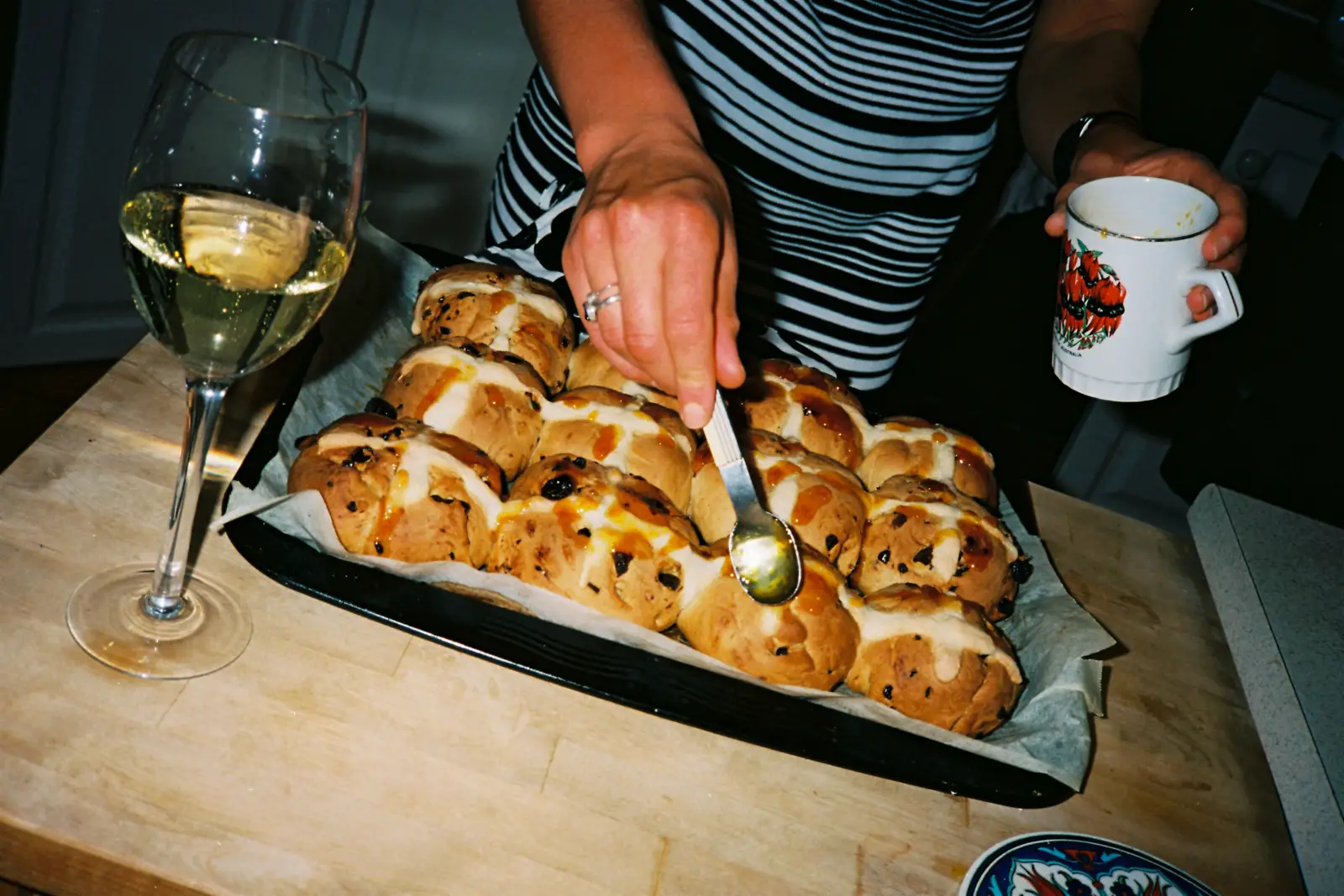

The dealbreaker is how hard it is to disable the flash. If it had a simple flash-off switch that would be fine, but you have to stick a fingernail in a slot on the bottom of the camera while you’re pressing the shutter. This camera really does NOT want you to shoot without flash.
But as I said, I was not fair on this camera. Because it proclaimed itself as “Supreme” I immediately set out to test its limits in a way I did not with the others… How sharp is the lens? How good is the metering? How accurate is the focussing?
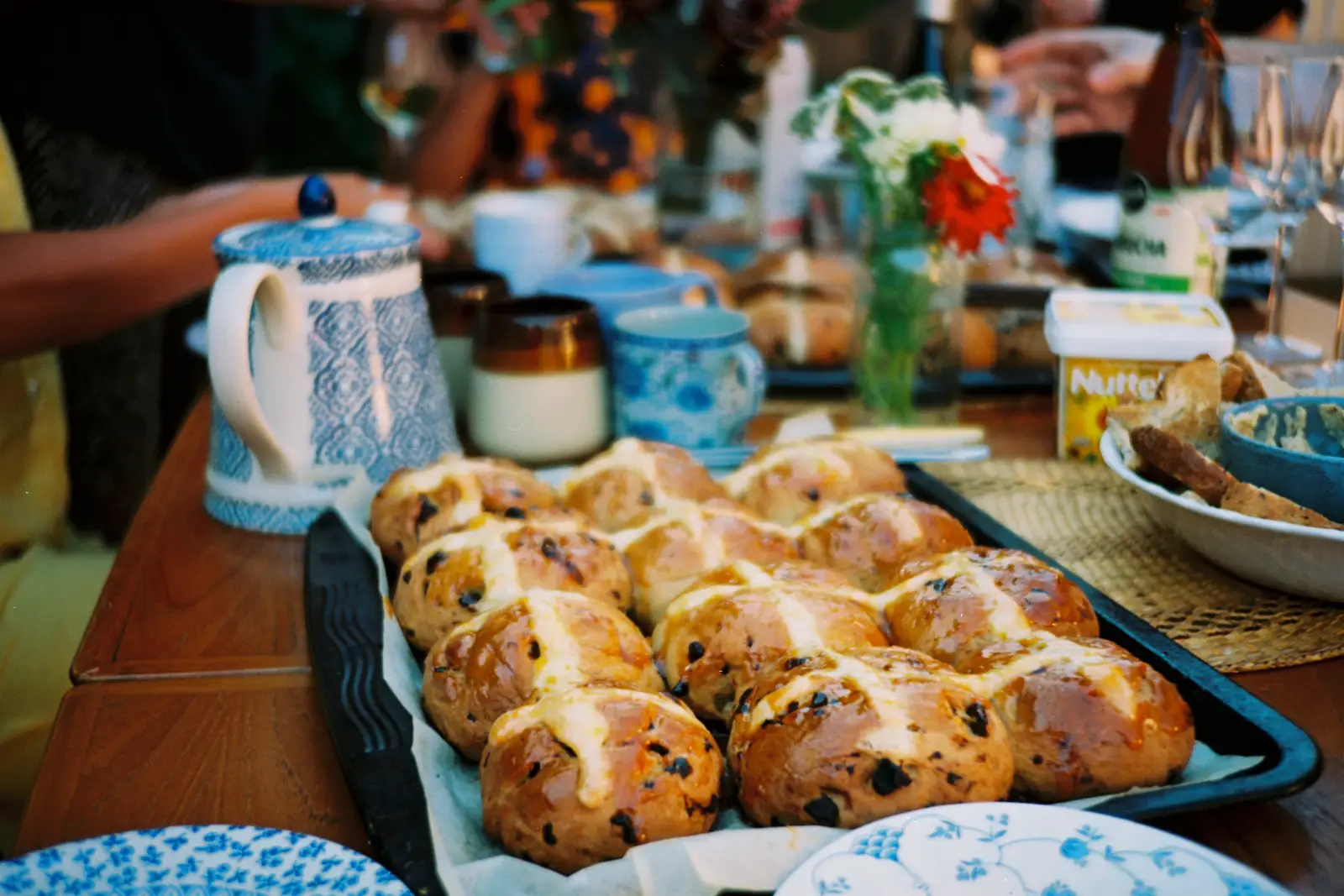
With the others it was just, “Yeah, judge it by the shots; it’s fine for this stuff.” Whereas with the Supreme I guess, by pushing its limits I wanted to see how versatile it could be. Could it do more than casual snaps? I put Ektar 100 in it, figuring that being two stops slower it should make the lens work a bit harder with shooting wider open (but this is a guess seeing the manual does not give any clues as to how the camera calculates how this all works.) And shooting close subjects with a faster lens and finer grain should provide an opportunity to see how that lens renders. I knew I was being tough on the camera, so to continue the test more objectively I brought in a guest tester. I decided to give it to my nephew Jack to see how it worked for him.
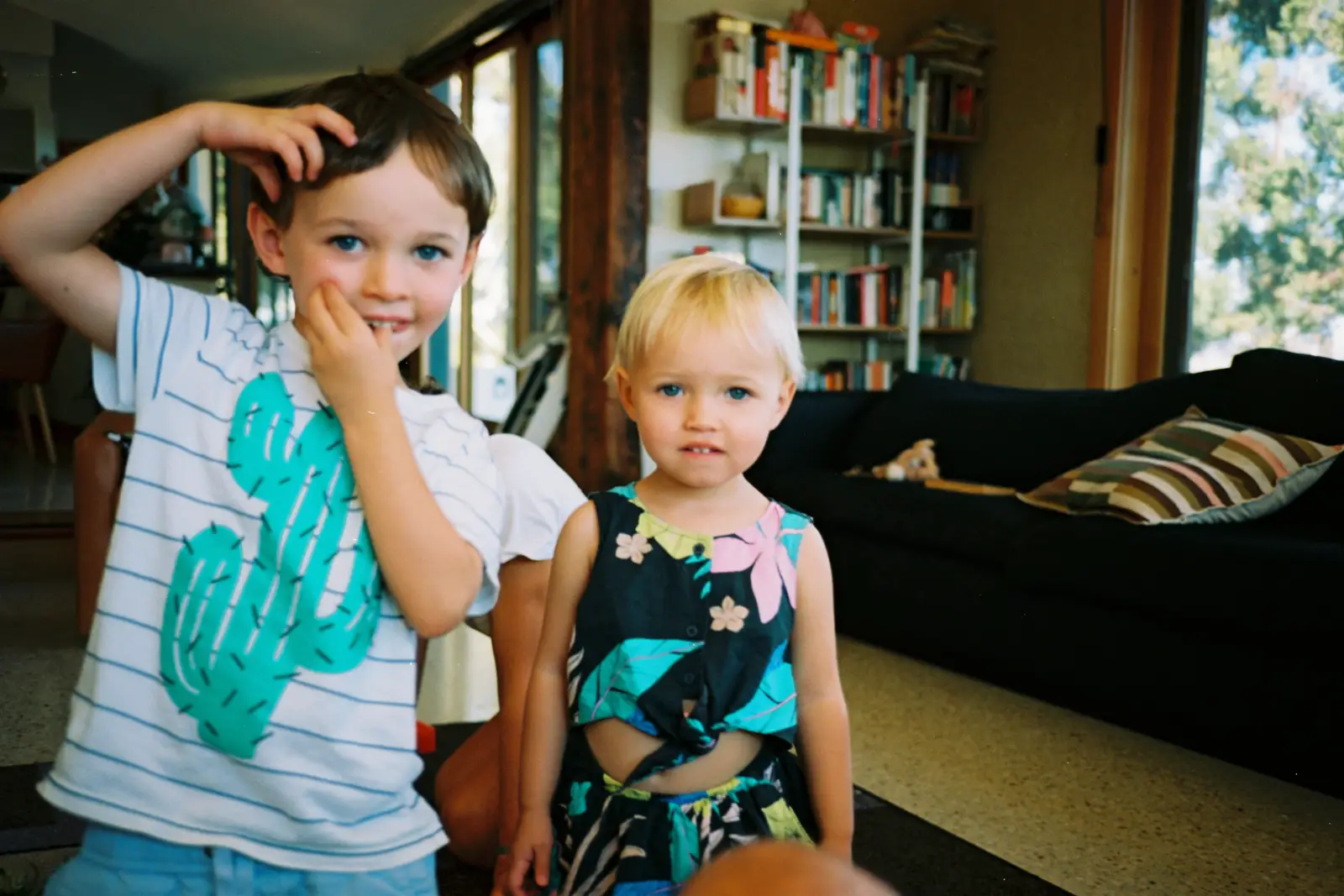
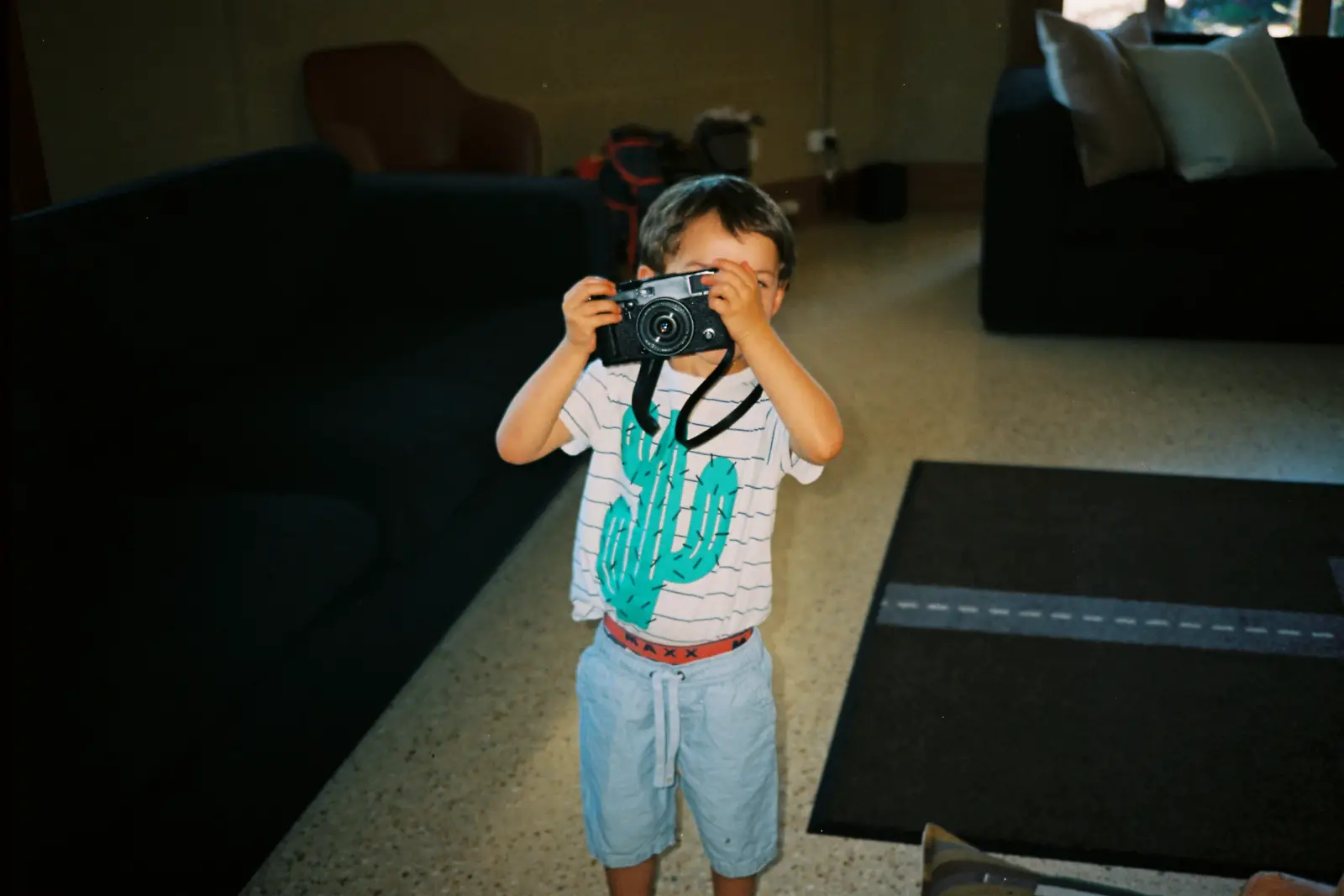
Take it away, Jack:
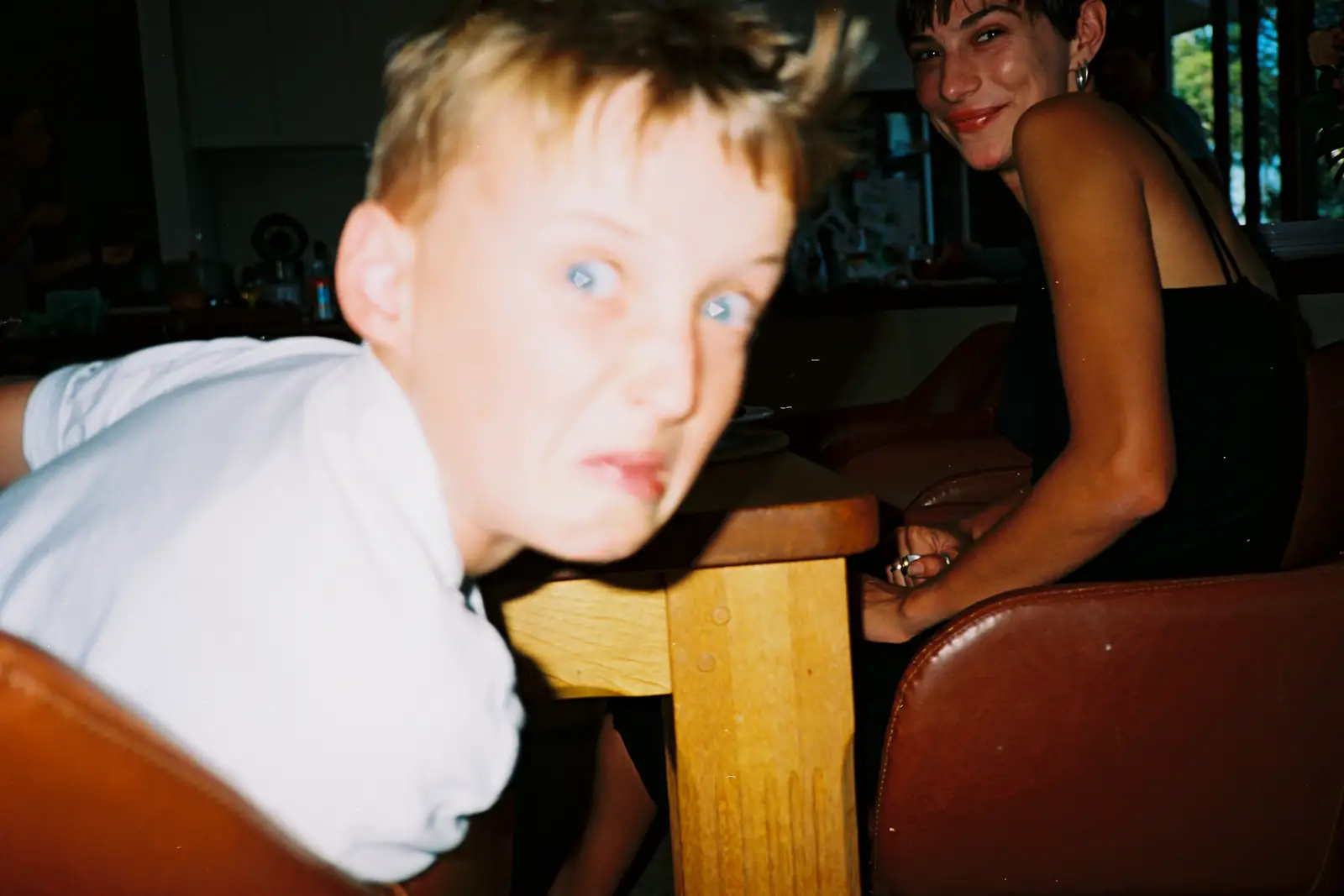
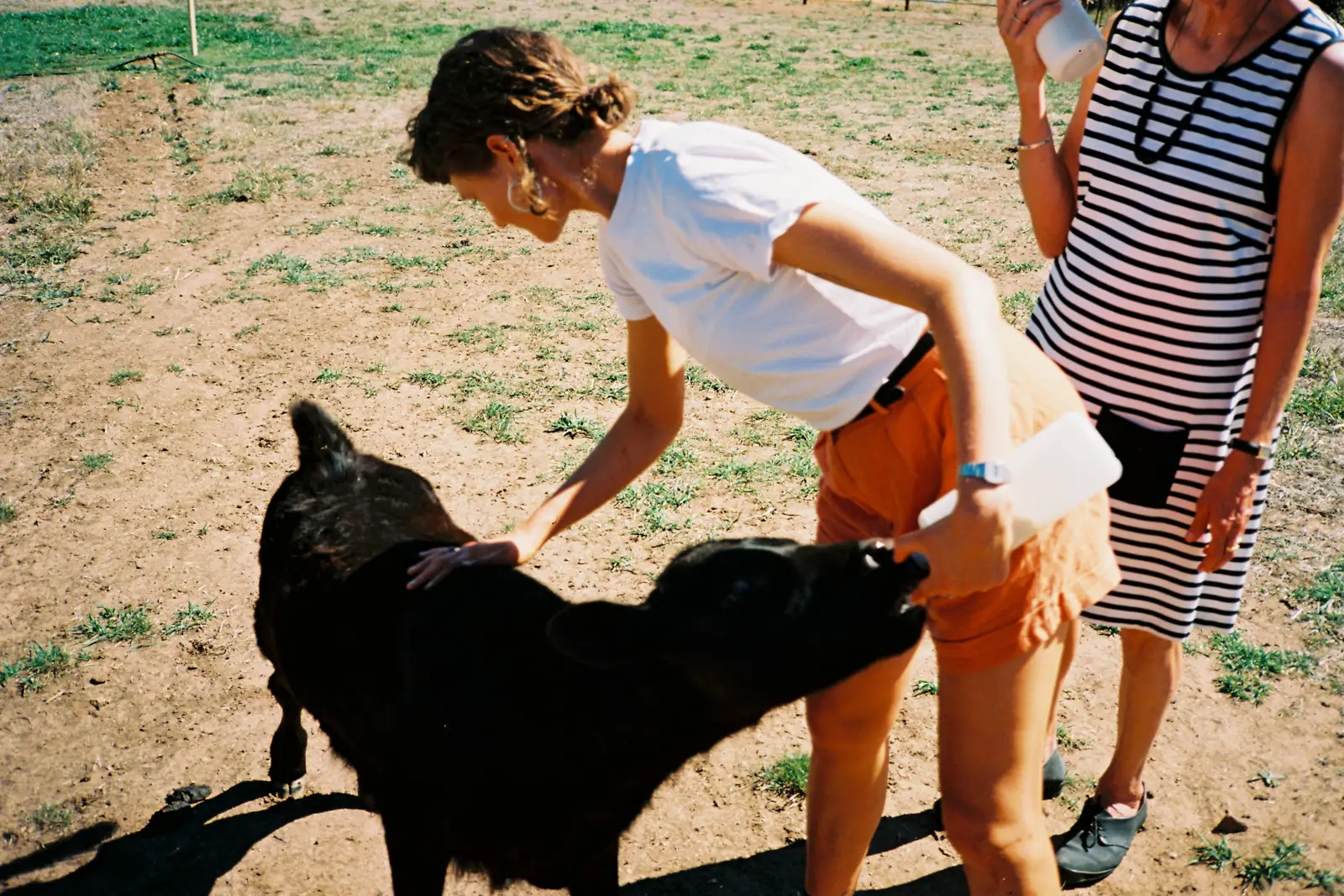
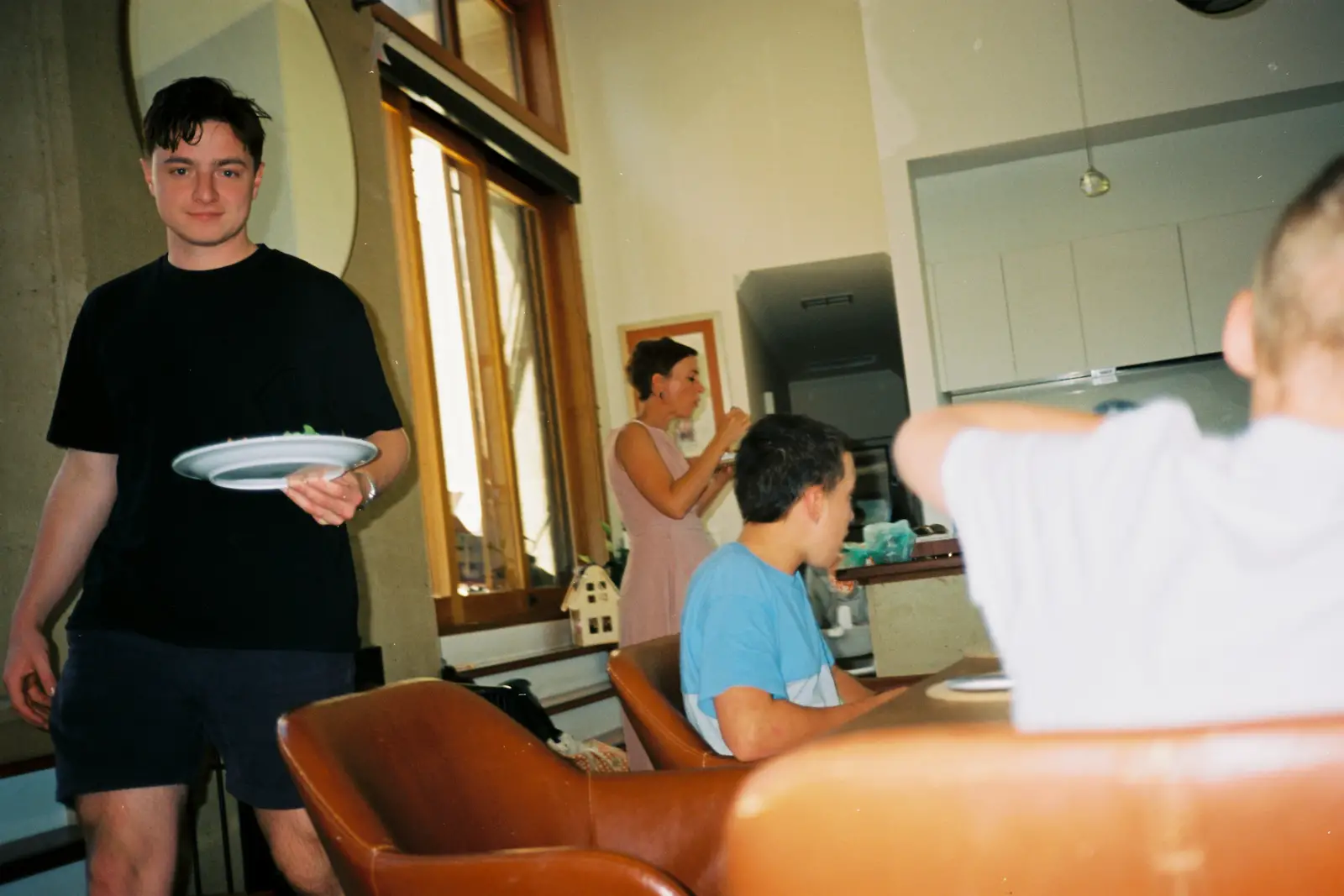
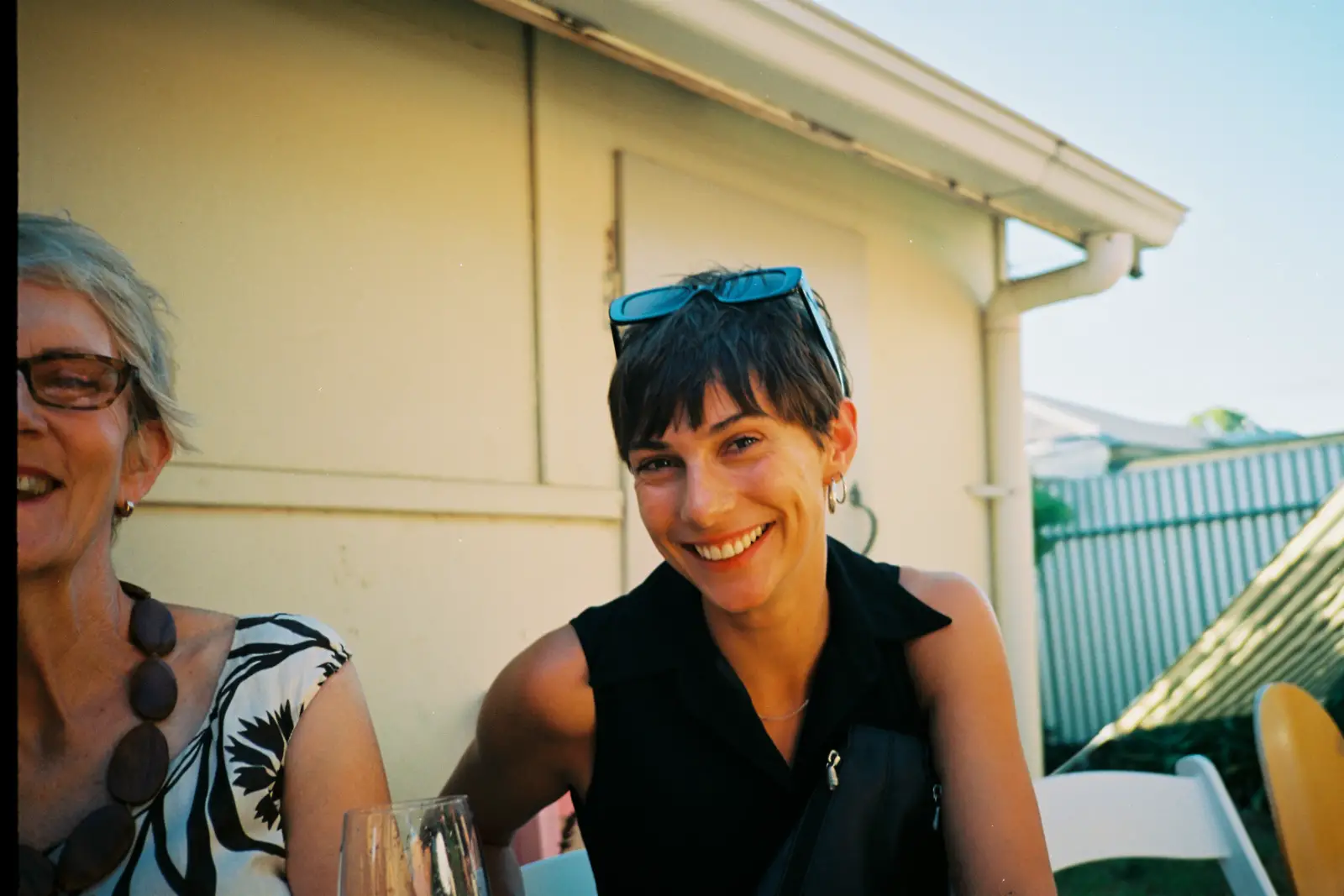
It’s interesting just how well specced this damn thing is. If you surrender to its power it will deliver very high quality photos. As long as you don’t mind flash. Is it smart enough to disable said flash when focussing at infinity though? Nup. It’s a funny camera – one I don’t like, but yet one I cannot quite bring myself to discard. I can’t really see myself putting another roll through it (even though I stumped up close to $20 for a battery for it.) It’s a camera with a bit of a story too – when I found it at the op-shop it had a roll of film in it, and I had that processed and found shots taken 8-10 years before I bought it showing a family Christmas and a wedding in a town about 100km from where I live. I got the feeling looking at these that it was a bit of a special camera for the guy who owned it. It’s funny what you can tell from a roll. I’m not about to make those personal photos from people whom I suspect have now died public, but yeah. Cameras, hey.
Maybe I’ll just give this camera to Jack when he turns five or something; I have a couple of years to decide. Thanks for reading.
Share this post:
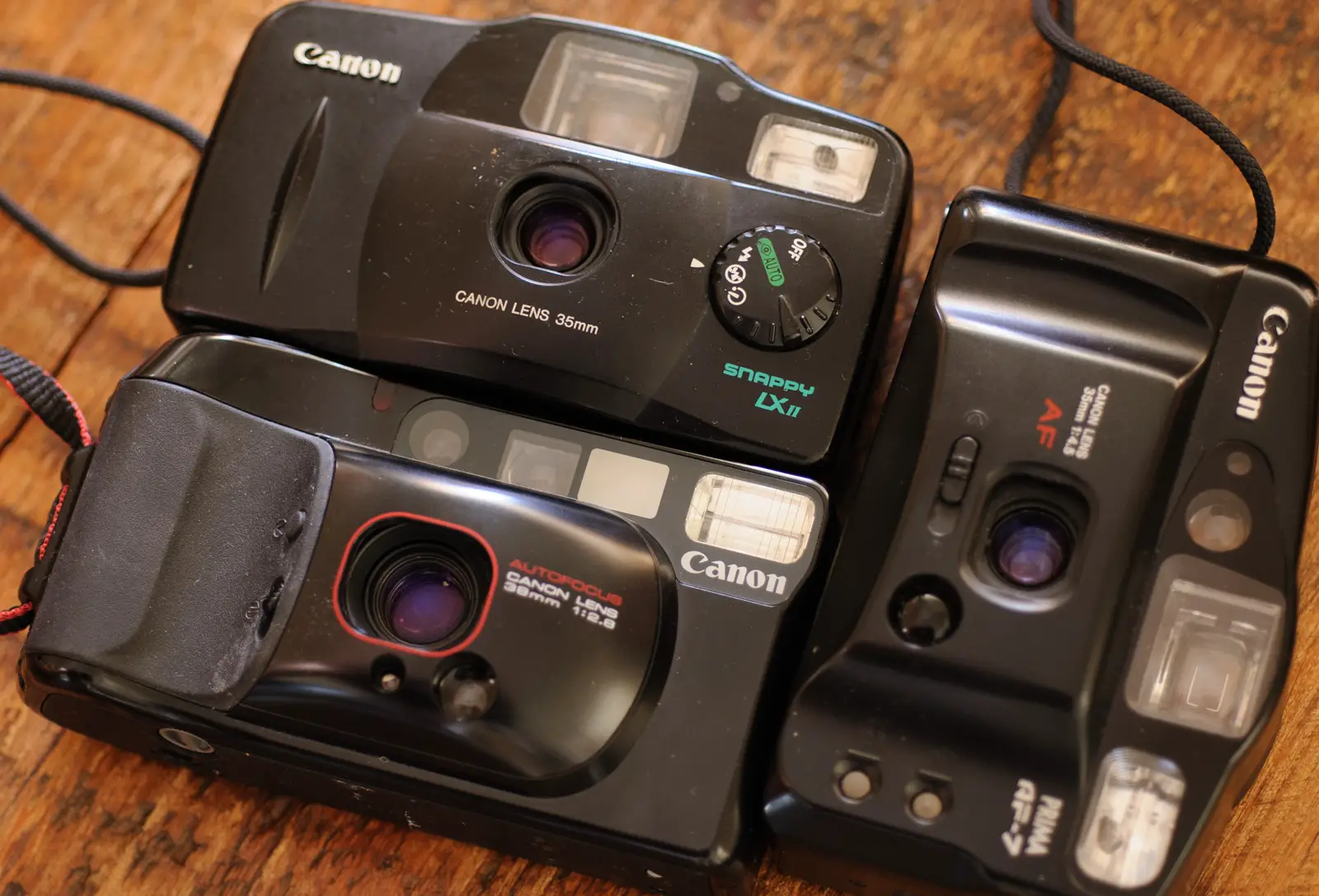








Comments
Dave Mockford on 3 Canon Compacts Compared – ‘Supreme’ doesn’t mean Best – By David Hume
Comment posted: 30/07/2021
Comment posted: 30/07/2021
David Usher on 3 Canon Compacts Compared – ‘Supreme’ doesn’t mean Best – By David Hume
Comment posted: 30/07/2021
Comment posted: 30/07/2021
Justin Kingery on 3 Canon Compacts Compared – ‘Supreme’ doesn’t mean Best – By David Hume
Comment posted: 30/07/2021
I also have my mother's Canon SureShot Supreme, and while I like it okay (your pics are lovely, David), it seems to drain expensive batteries. The flash can be bypassed shot by shot by pressing the tiny rubber button on the bottom of the camera, which is hard to do. I taped a piece of toothpick over the button, which is easier to press it in, and that seems to work okay in a pinch.
The Prima AF-7 I will be on the lookout for!
Comment posted: 30/07/2021
Brian Nicholls on 3 Canon Compacts Compared – ‘Supreme’ doesn’t mean Best – By David Hume
Comment posted: 31/07/2021
Comment posted: 31/07/2021
Louis A. Sousa on 3 Canon Compacts Compared – ‘Supreme’ doesn’t mean Best – By David Hume
Comment posted: 01/08/2021
Comment posted: 01/08/2021
Carl C on 3 Canon Compacts Compared – ‘Supreme’ doesn’t mean Best – By David Hume
Comment posted: 03/08/2021
Comment posted: 03/08/2021
cody on 3 Canon Compacts Compared – ‘Supreme’ doesn’t mean Best – By David Hume
Comment posted: 03/08/2021
It has become the perfect grab and go camera for me and taking photos of my family. Most arguments against it are tied to the shutter button being too spongey but I find it quite nice to use as well as the ergonomic grip of the camera. The only downside as mentioned is the flash disable but for the most part, I have just been letting the camera do it's thing, i might have to experiment with more shots purposely disabling it. Compared to say a nikon lf35af2 which I also had briefly (broke after two rolls) I am really quite happy with and think it IS an underrated P&S.
Comment posted: 03/08/2021
Comment posted: 03/08/2021
Comment posted: 03/08/2021